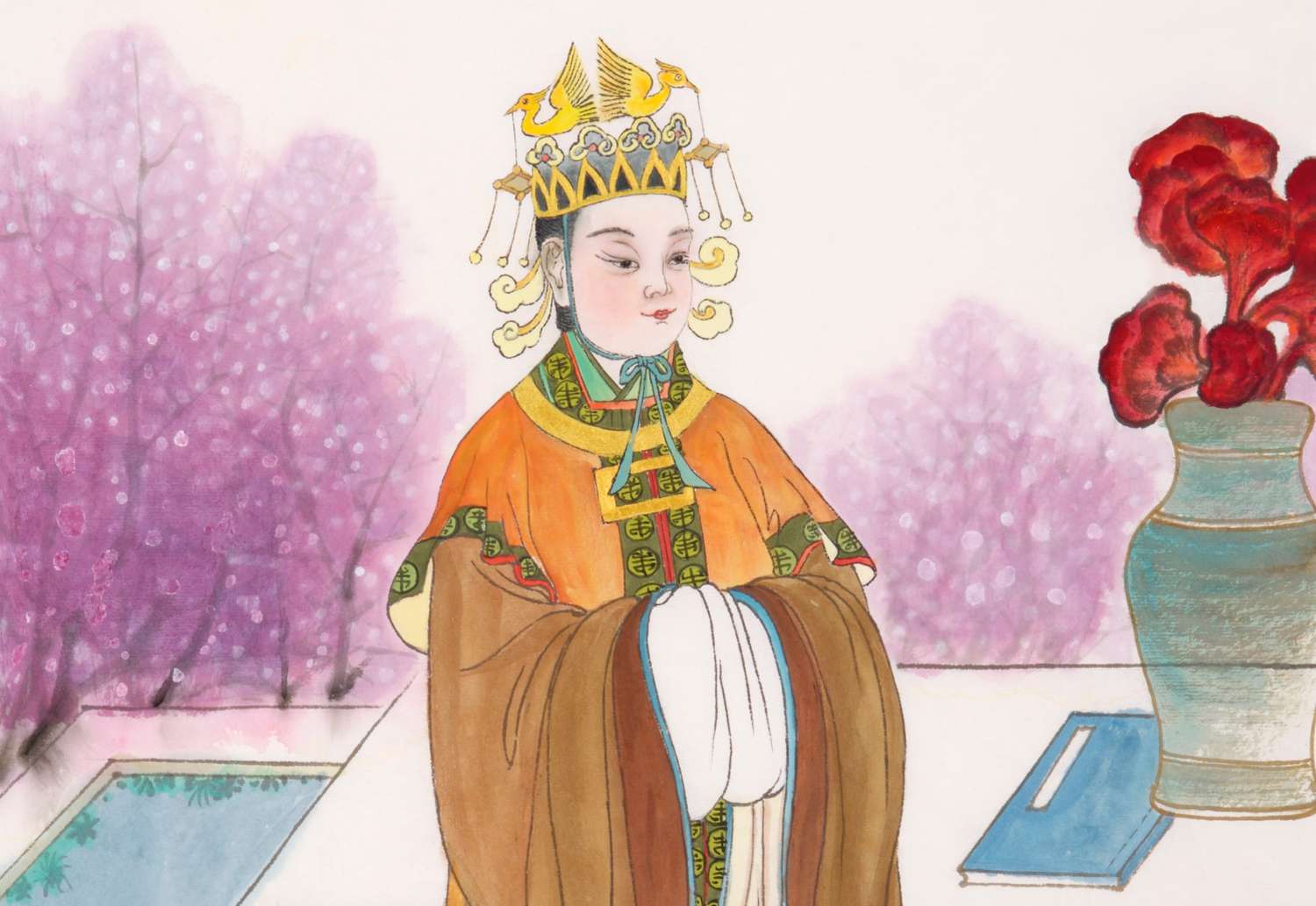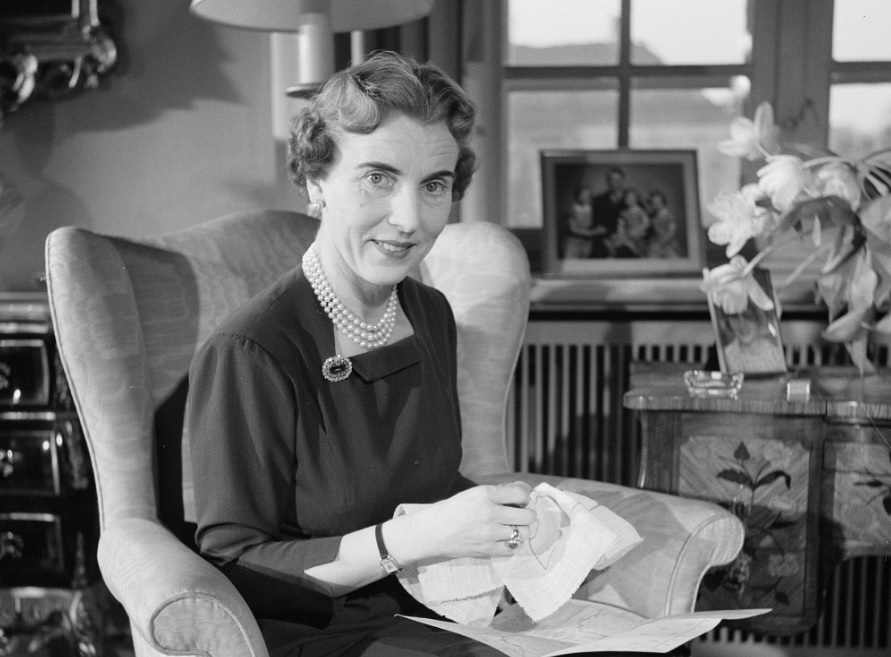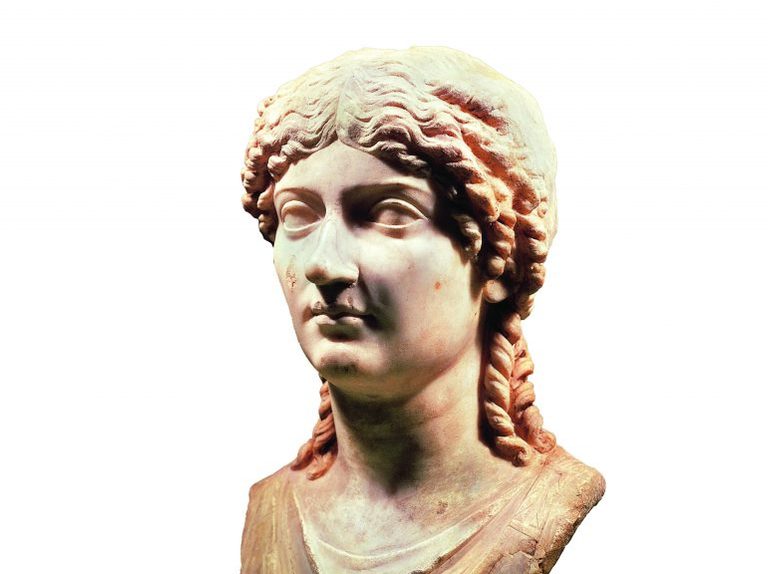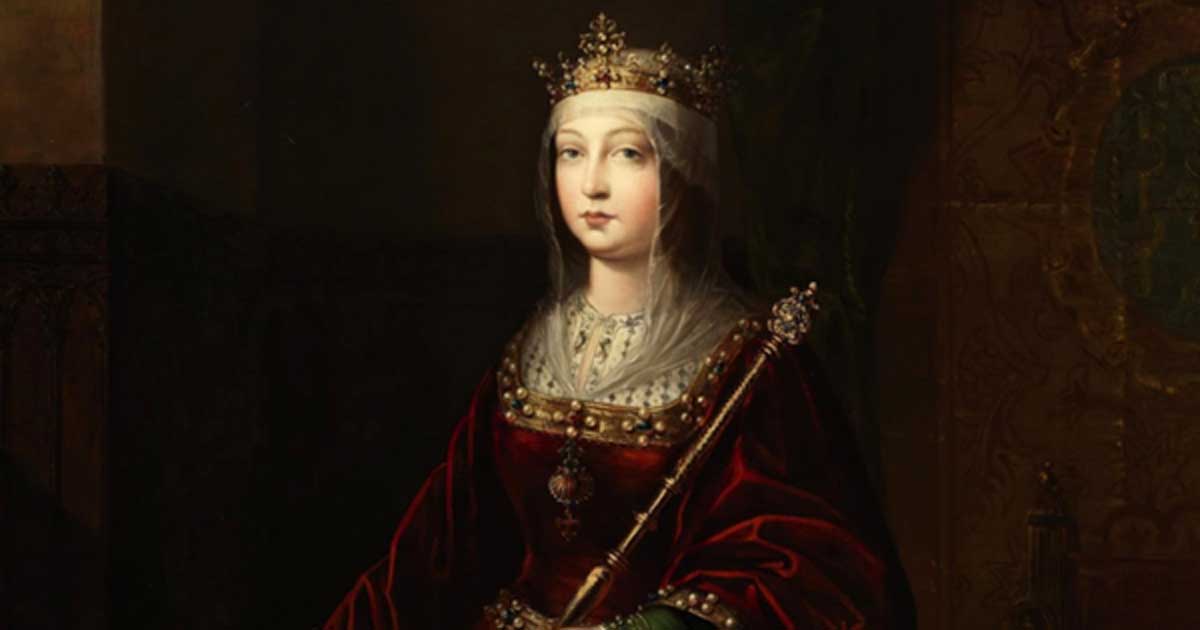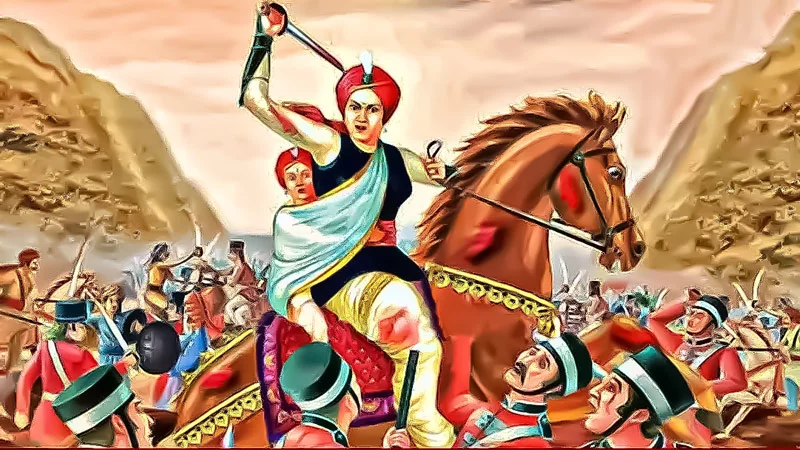Top Lists
10 Most Vicious Female Rulers in History

Throughout history, there have been many female rulers who have been known for their cruelty and ruthlessness. These women have used their power to inflict pain and suffering on others, often for no reason other than their own personal pleasure. In this article, we compiled a list of the 10 most wicked female rulers in history.
These are just a few examples of the many vicious female rulers who have walked the earth. While their stories may be shocking, they are also a reminder that even women can be capable of great evil. It is important to remember these women and their crimes so that we can learn from the past and prevent such atrocities from happening again.
10 Most Wicked Female Rulers in History
Here are the 10 most vicious female rulers in history:
1. Elizabeth Bathory(1560-1614)
Elizabeth Báthory, also known as Elizabeth Báthory de Ecsed, was a Hungarian countess who is considered one of the most prolific female serial killers in history. She was accused of torturing and killing hundreds of young women between 1585 and 1610, allegedly bathing in their blood in order to retain her youth.
Báthory was born into a wealthy and powerful family in 1560. She was married at the age of 15 to Count Ferenc Nádasdy, a powerful Hungarian nobleman. The couple had four children together.
After Nádasdy’s death in 1604, Báthory became increasingly isolated and withdrawn. She began to spend more and more time at her castle in Čachtice, where she surrounded herself with a group of young women who served as her attendants.
2. Wu Zetian (624-705)
Wu Zetian, also known as Wu Zhao, was a Chinese empress who ruled China from 690 to 705. She was the only woman in Chinese history to rule as an emperor in her own right.
She was a brilliant and ambitious woman, and she quickly rose through the ranks of the Chinese government. Wu Zetian is one of the 10 most wicked female rulers in history. She married Emperor Taizong of Tang in 649, and she served as his empress consort for 15 years.
After Taizong’s death, Wu Zetian became regent for her son, Emperor Gaozong of Tang. She gradually consolidated her power, and she eventually forced Gaozong to abdicate in her favour in 690. Wu Zetian then proclaimed herself emperor, and she ruled China for the next 15 years.
Wu Zetian was a controversial figure. She was known for her ruthlessness and her ambition, and she was accused of murdering many of her enemies. However, she was also a capable ruler, and she oversaw a period of economic prosperity and cultural achievement in China.
3. Catherine the Great of Russia (1729-1796)
Catherine the Great was the longest-reigning female monarch in Russian history. She ruled Russia for 34 years, from 1762 to 1796. She was a German princess who married into the Russian royal family, but she quickly became a powerful and influential figure in Russian politics.
She was known for her intelligence, her education, and her patronage of the arts. She also expanded the Russian Empire and modernized its military. Catherine the Great was a complex and controversial figure. She was a brilliant and ambitious woman who made significant contributions to Russian society.
However, she was also a ruthless ruler who was not above using violence to achieve her goals. She was also known for her many lovers, and she had several children out of wedlock.
4. Ingrid of Denmark (c. 1370-1416)
Ingrid is a Danish queen known for her cruelty and her violent temper. She was said to have killed her own husband, King Christian II of Denmark, and to have tortured and executed many of her enemies.
Ingrid was known for her cruelty and her violent temper. She was said to have killed her own husband, King Christian II of Denmark, and to have tortured and executed many of her enemies. Ingrid’s reign came to an end in 1412, when she was forced to abdicate by her nephew, Eric of Pomerania. She died in 1416, at the age of 46.
5. Agrippina the Younger (15-59 CE)
Agrippina the Younger was a Roman empress who was known for her ruthless ambition and her willingness to do whatever it took to achieve her goals. She is said to have poisoned her husband, Emperor Claudius, in order to put her son, Nero, on the throne.
She was born into a powerful family. Her father was Germanicus, a popular general and a member of the Julio-Claudian dynasty. Her mother was Agrippina the Elder, a niece of Emperor Augustus. Agrippina was the eldest of their 9 children.
Agrippina was a beautiful and intelligent woman. She was also very ambitious. She married three times, and she had one son, Nero, from her third marriage to Emperor Claudius.
6. Kleopatra VII Philopator (69/68–30 BC)
Kleopatra VII Philopator was the last active pharaoh of Ancient Egypt. She was a member of the Ptolemaic dynasty, a family of Greek origin that ruled Egypt after Alexander the Great’s death in 323 BC. Cleopatra was the daughter of Ptolemy XII Auletes and Cleopatra V Tryphaena.
Kleopatra was born in Alexandria, Egypt. She was educated in Greek and Egyptian culture, and she was fluent in several languages. She was also a skilled diplomat and politician and also among the 10 most wicked female rulers in history.
In 51 BC, Cleopatra’s father died, and she became queen of Egypt, ruling jointly with her brother, Ptolemy XIII. The two siblings soon fell out, and a civil war broke out. The war ended in 47 BC, with Cleopatra defeating Ptolemy and becoming the sole ruler of Egypt.
Kleopatra is one of the most famous women in history. She is often portrayed as a beautiful and seductive woman who used her charms to manipulate men. However, she was also a skilled diplomat and politician who played a key role in the events that led to the fall of the Roman Republic.
7. Judith of Bavaria (1108-1131)
Judith of Bavaria was a German queen who was known for her cruelty and her violent temper. She was said to have killed her own husband, Emperor Henry V, and to have tortured and executed many of her enemies.
She was born in 1108 in Regensburg, Bavaria. She was the daughter of Welf IV, Duke of Bavaria, and Judith of Flanders. Judith was a beautiful and intelligent woman, and she was well-educated. She was fluent in several languages, including German, French, and Latin.
Judith was a powerful and influential figure in her own right. She was known for her intelligence and her political skills. She was also a skilled diplomat. Judith played a key role in the events that led to the downfall of the Hohenstaufen dynasty.
8. Isabella I of Castile (1451-1504)
Isabella I of Castile was known for her ruthlessness in her conquest of the Moors. She is also said to have ordered the execution of her own half-brother, Prince Alfonso.
She was the daughter of John II of Castile and Isabella of Portugal. Isabella was a devout Catholic, and she was determined to restore the Catholic Church in Spain after the rule of her half-brother, Henry IV of Castile, who was suspected of being illegitimate.
In 1469, Isabella married Ferdinand II of Aragon. The marriage was arranged by Isabella’s mother, who hoped to unite the two kingdoms of Castile and Aragon. Ferdinand and Isabella were crowned as joint rulers of Castile and Aragon in 1474.
9. Mary I of England (1516-1558)
Mary I of England, also known as “Bloody Mary,” is often cited as one of the 10 most wicked female rulers in history. She was a devout Catholic who persecuted Protestants during her reign. She is estimated to have had over 300 Protestants burned at the stake, earning her the nickname “Bloody Mary.”
Mary was born in Greenwich, England, on 18 February 1516. She was the daughter of Henry VIII and Catherine of Aragon. Mary was the first child of Henry VIII to survive to adulthood.
Henry VIII divorced Catherine of Aragon in 1533 and married Anne Boleyn. Mary was declared illegitimate and was stripped of her title as heir to the throne. She was also imprisoned for a time.
In 1553, Henry VIII died and was succeeded by his son, Edward VI. Edward was a Protestant, and he made changes to the English Church that Mary opposed. Mary believed that the Catholic Church was the only true church, and she wanted to restore it to its former power.
10. Rani Lakshmi Bai of Jhansi (1828-1858)
Rani Lakshmi Bai of Jhansi was a queen of the Indian princely state of Jhansi during the Indian Rebellion of 1857. She was a skilled warrior and a popular leader, and she is considered a national heroine in India.
Lakshmi Bai was born in 1828 in Jhansi, India.
She was the child of Manikarnika Devi, a Hindu princess, and Moropant Tambe, a Brahmin minister of the Jhansi state. In 1842, she wed the Maharaja of Jhansi, Gangadhar Rao Newalkar. Damodar Rao, the son of the couple, was born in 1851.
When Gangadhar Rao passed away in 1853, Lakshmi Bai took over as her son’s guardian. In addition to annexing Jhansi, the British East India Company refused to recognise Damodar Rao as the legitimate heir to the crown. Outraged, Lakshmi Bai pledged to defend her son’s legal rights.
In 1857, the Indian Rebellion broke out. Lakshmi Bai joined the rebellion and led her army in battle against the British. She was a skilled warrior and a popular leader, and she was able to inspire her troops to victory in several battles.
Lakshmi Bai was killed in battle at Gwalior in 1858. She was a national heroine, and her death was a major blow to the Indian Rebellion. She is still remembered today as a symbol of courage and sacrifice.
Conclusion
In conclusion, there have been many female rulers throughout history who have been considered to be wicked. These rulers have been accused of crimes such as murder, torture, and persecution.
It is important to note that not all female rulers were wicked. There have also been many female rulers who were wise, just, and benevolent. However, the 10 female rulers mentioned above are some of the most infamous examples of wicked female rulers in history. Their stories remind us that even women can be capable of great evil.


